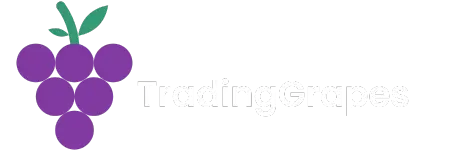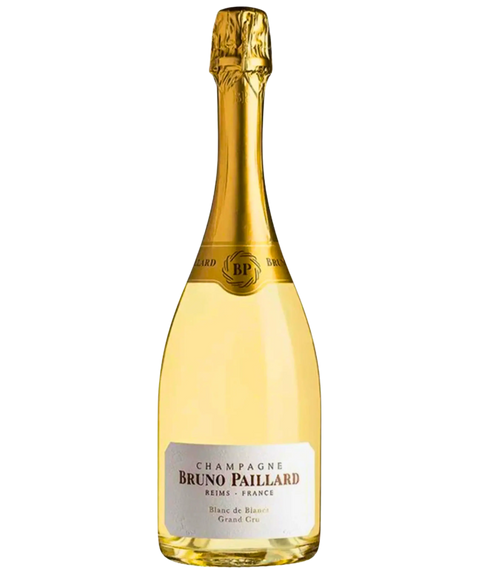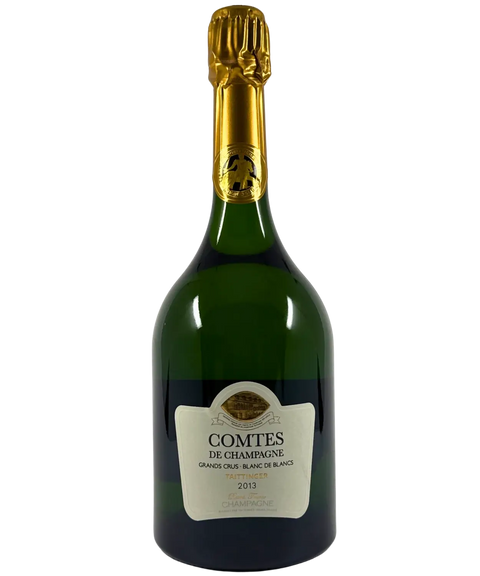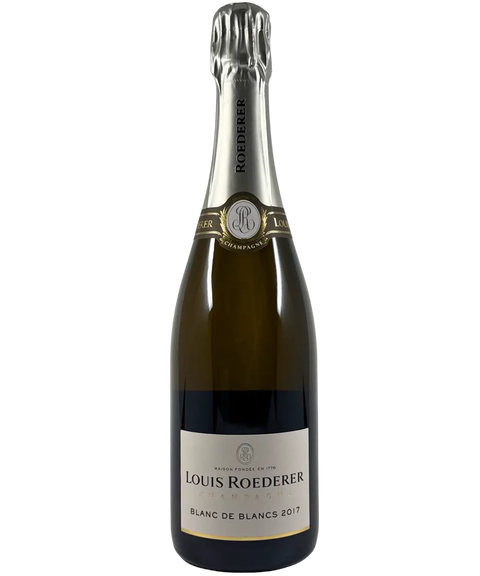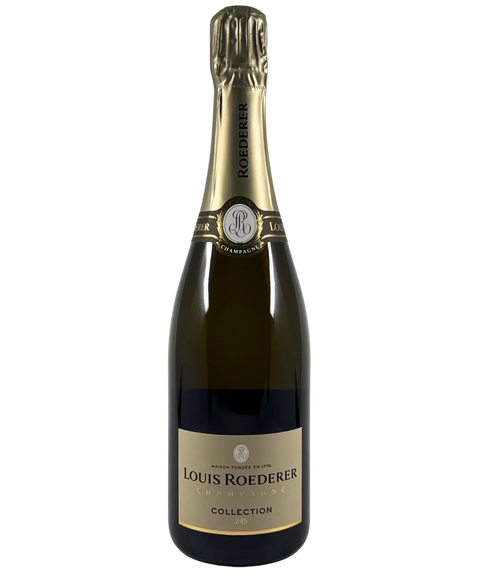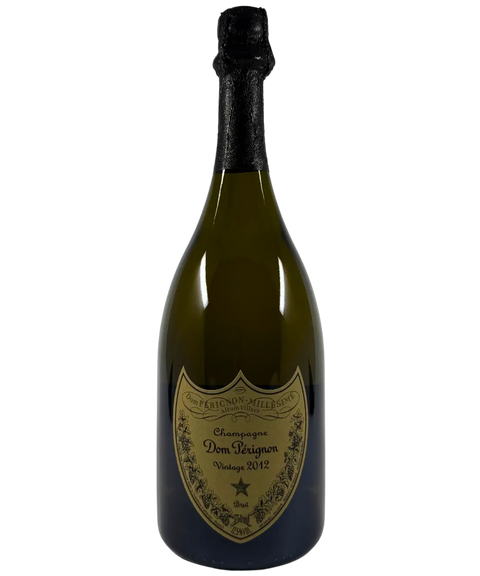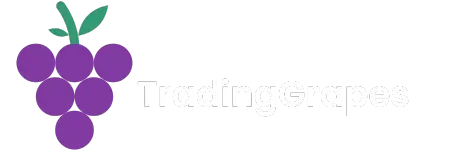Champagne
Champagne is synonymous with celebration, luxury, and craftsmanship. Produced exclusively in the Champagne region of northern France, this sparkling wine is made under strict regulations that ensure its quality and prestige. It’s a wine of finesse and energy, crafted through the méthode traditionnelle, where secondary fermentation in the bottle creates its signature bubbles.
Beyond the glamour, Champagne is also a serious wine region. From crisp, mineral-driven Blanc de Blancs to rich, Pinot-heavy blends, Champagne offers a spectrum of styles that pair just as well with food as they do with a toast at midnight. Small grower-producers are also redefining Champagne, creating terroir-driven wines with personality and authenticity.
At TradingGrapes, we’ve curated Champagnes that showcase both the grand houses and the boutique growers—bottles to mark an occasion or elevate an ordinary evening into something extraordinary.
Champagne Delivered Australia-Wide
Frequently asked questions
What makes Champagne different from other sparkling wines?
Which grapes are used to make Champagne?
What does Blanc de Blancs mean?
What about Blanc de Noirs?
Is Champagne always expensive?
Can Champagne be aged?
What foods pair well with Champagne?
How does Champagne differ from Prosecco?
What’s the difference between vintage and non-vintage Champagne?
Where can I buy Champagne online?
